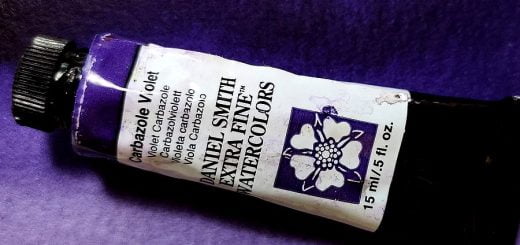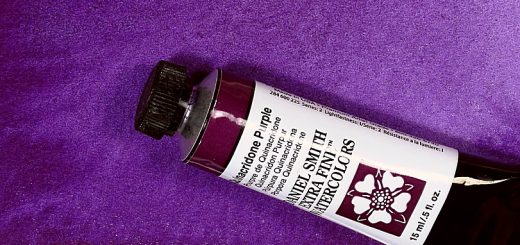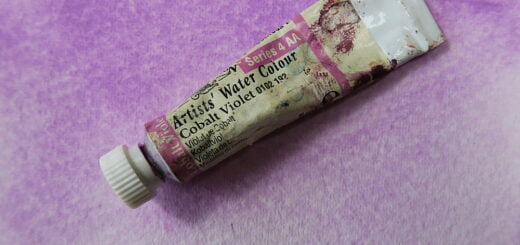Ultramarine violet (PV15)
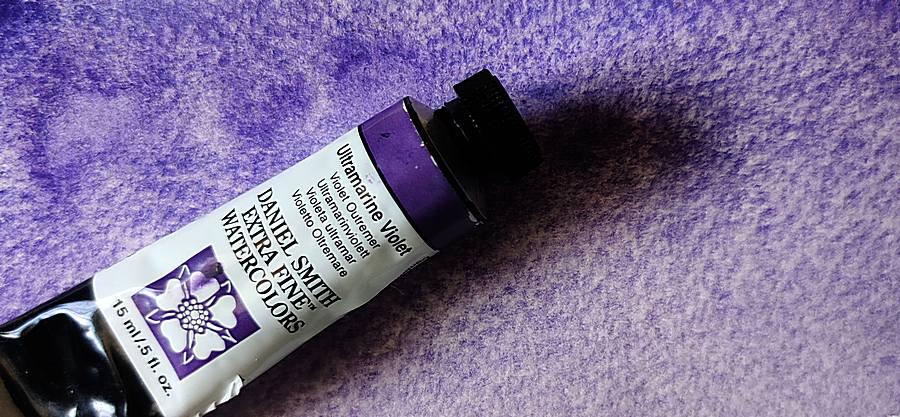
Ultramarine violet is a further development of French ultramarine. Take the French ultramarine pigment and mix it with ammonium chloride (same as salmiak salt), heat the mixture to 250 degrees Celsius. Let the results rest in ordinary air for four days until a change in hue occurs. This is a method for producing ultramarine violet but there are also other methods that using dry hydrochloric acid gas.
The pigment was invented in Germany in the mid-1870s. It is transparent to semi-transparent and the color tone varies slightly, from blue-violet to more reddish. Sometimes the redder color is called ultramarine red, which should not be confused with PR259 which is a similar pigment that is sometimes called “Ultramarine Pink”. Ultramarine red is not a red color, it is violet with a hint of red.
The vast majority of manufacturers call the color ultramarine violet, but a slightly redder variant is sometimes called Ultramarine red. The blue variant is one of the few blue-violet pigments, a nice color that can replace the very colorful and slightly flat Carbazole violet. Ultramarine violet is a slightly pale color, it does not have the same saturation as French ultramarine and not the same intensity as Carbazole violet but still has its place in the watercolor painter’s color palette. It becomes beautiful blue-gray mixed with some cloudy green color.

Bottom: Together with Perylen green, it becomes nicely neutral.
Several manufacturers have the color, either in the blue or the redder variant. Some have both with different names. Cheating with the name is not common but some mix in another color, beware of colors that are called something other than ultramarine violet such as “deep” or “blue”. Winsor & Newton call their very blue variant “Smalt”, which of course is not true.



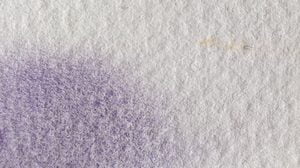

Information
Pigment: PV15
Lightfastness: excellent
Transparency: transparent, Semi-transparent
Staining: Just a little
Granulates: Quite a lot

Ultramarine violet, how the blue tone and the red place themselves in the color wheel.


